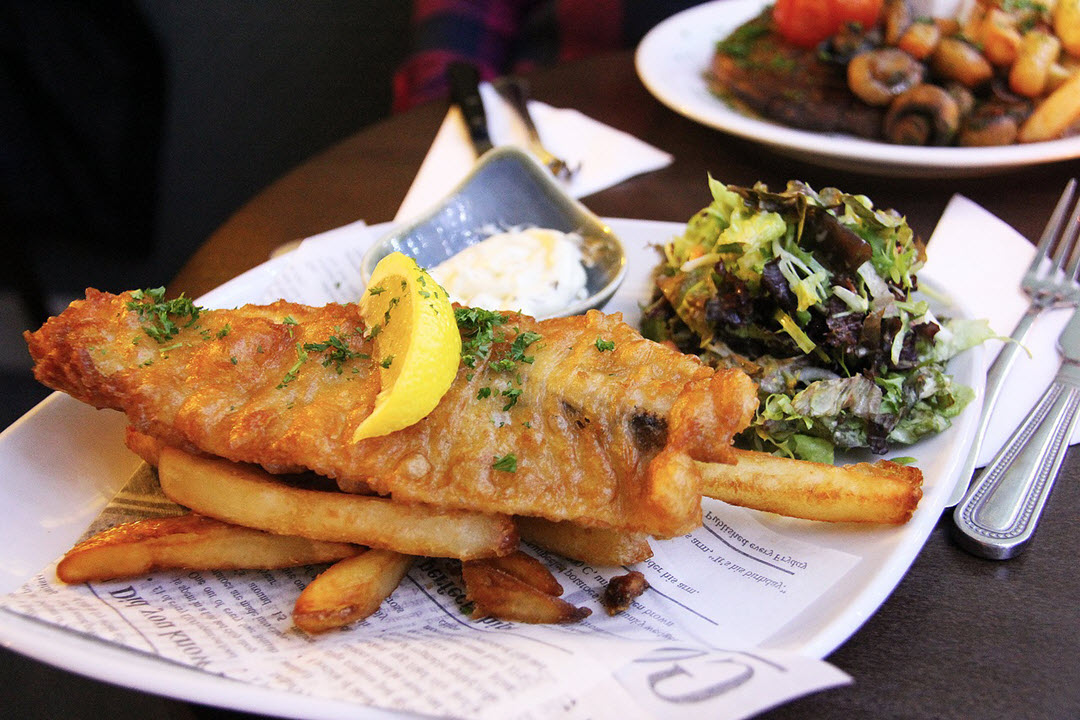What You Should Know About Eating Fish

When it comes to eating fish, there’s some conflicting information.
Do you eat more fish because it’s a high quality protein full of healthy omega 3 fats? Or do you eat LESS fish because of the widespread mercury pollution that is now in fish?
With these differing points of view, it’s it’s hard to know what to think.
Here’s an example.
There was an article in the New York Times with this front page story…
“Random testing of tuna sushi found mercury levels so high that eating just six tiny pieces of raw fish a week would put you over the EPA’s limit for mercury. (1)
Yet the American Heart Association currently recommends a much larger portion (6 oz.) twice a week for optimum heart health?
So what do you do?
Well, some people recommend eating “farm raised” fish because of fear of mercury in fish caught in the ocean. But farm raised fish has its own problems…
Farm raised fish are fed soy and grains instead of their natural diet of shrimp and plankton. This makes the fish far less nutritious that ocean fish. Also, fish “farms” are just shoreline pens, which means the trapped fish absorb toxic chemicals in ground water and the “run off” that includes PCBs, pesticides, and mercury.
But don’t take our word for it. A recent study found that wild-caught fish in general have lower levels of dangerous toxins than farm raised fish. (2) (By the way, most of the fish you’ll find in supermarkets and restaurants these days are farm raised.)
So here are a few suggestions when it comes to eating fish.
* Stick to smaller fish. Because they generally don’t eat other fish, fewer toxins get stored in their flesh. It’s the bigger deep-sea fish like tuna, swordfish, and grouper that have the highest mercury levels.
* If you eat larger fish, eat it less frequently. Choose wild-caught fish over farm raised fish.
Here’s a guideline of what is considered safe to eat and not. If you see the same type of fish on both lists, it’s because it can be healthy depending on where it comes from.
Safe:
Salmon (wild caught Alaskan)
Herring (Atlantic)
Mackerel (Atlantic)
Flounder (summer)
Anchovies
Halibut (Pacific/Alaska)
Arctic Char
Mahi-mahi (Atlantic)
Black cod
Haddock
Shrimp (Northwest/Canada)
Prawns
Clams/Oysters (ocean farmed)
Bay scallops (ocean farmed)
Blue Crab (Atlantic)
Trout
Not Safe:
Salmon (farm-raised Atlantic)
Grouper
King Mackerel
Monkfish
Swordfish
Tuna (blue fin)
Halibut (Atlantic)
Snapper
Cod (Atlantic)
Marlin
Shrimp (Imported)
Chilean Sea Bass
Shark
Skate
Caviar
Tilefish
You can also limit your exposure to potential toxins by eating fillets with as little fat as possible, since many of the dangerous contaminants are stored in fatty tissue.
We hope this helps!

0 Comments